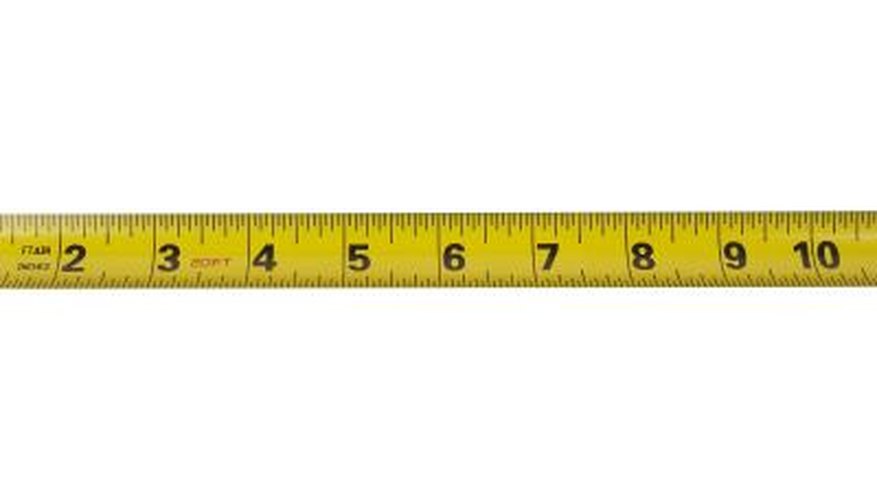Sheaves, also known as pulleys, are wheels that hold a belt or rope. They are most commonly used in a system that consists of a motor and a device. The motor has a sheave, the device has a sheave and a belt is connected between the two sheaves. The motor then powers the device by transferring energy through the belt. Different size sheaves are used to control the RPM of the device. For example, if the motor spins at 1750 RPM and the device is rated at 1000 RPM, you will need a larger sheave on the device than the motor to gear down the speed. Measuring sheave diameter is crucial to obtaining the correct RPM on the device.
- Sheaves, also known as pulleys, are wheels that hold a belt or rope.
- Measuring sheave diameter is crucial to obtaining the correct RPM on the device.
Examine your sheave. Notice the outer diameter is much different than the diameter where the actual belt will ride. You want this inner diameter measurement.
Measure the outer diameter of the sheave. This is the diameter across the sheave which includes the lip. Write this measurement down.
- Notice the outer diameter is much different than the diameter where the actual belt will ride.
- This is the diameter across the sheave which includes the lip.
Insert the end of your tape measure into the groove on the sheave. Record the measurement of the groove's depth. Write this down.
Calculate the actual diameter of the sheave by taking your measurement in Step 3 and subtracting it from the measurement in Step 2 twice. For example, if the value in Step 3 is 1/2-inch and the value in Step 2 is 6 inches, you would do the following: 6 minus 1/2 minus 1/2. The value would then be 5 inches which is your actual sheave diameter.
TIP
To see what size sheave you need, use a sheave calculator that will calculate that data based on input RPM, required output RPM and motor sheave diameter.
